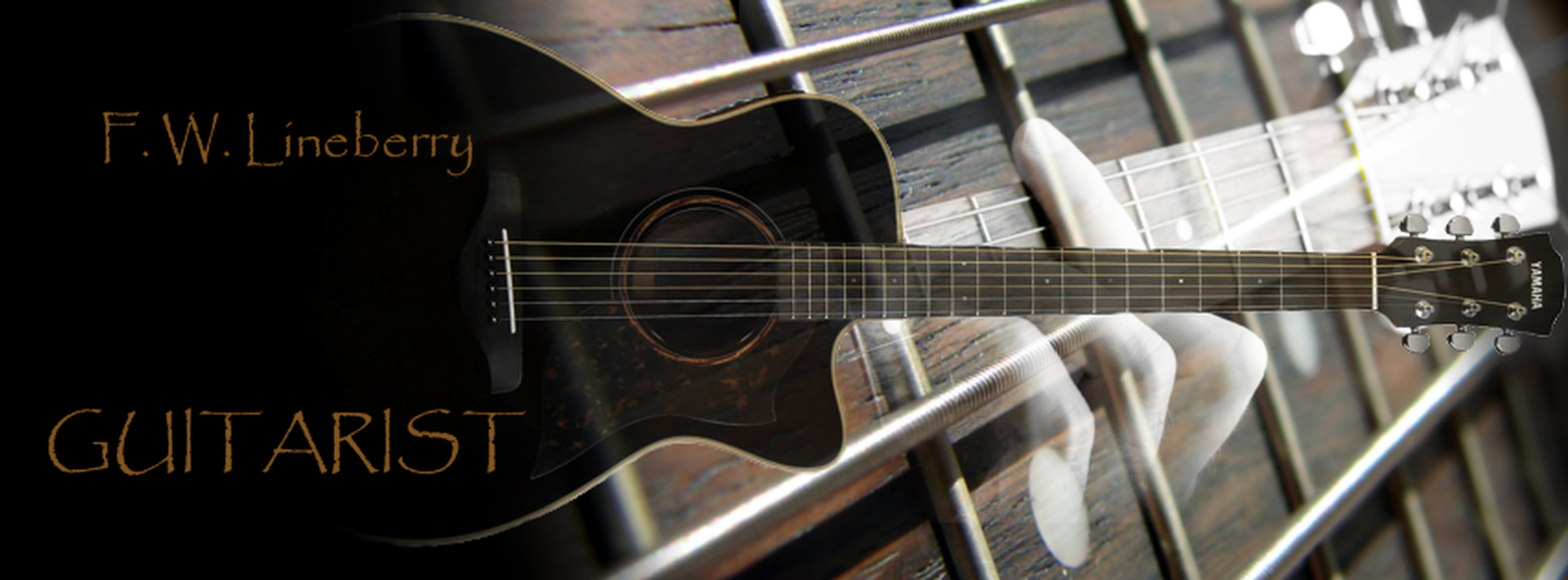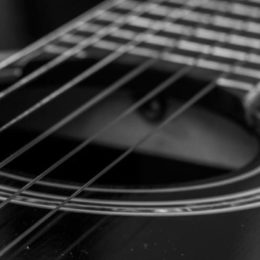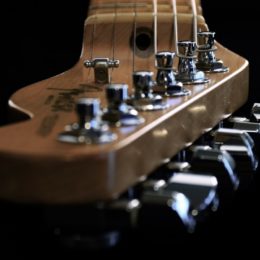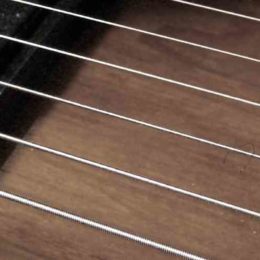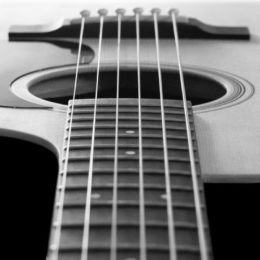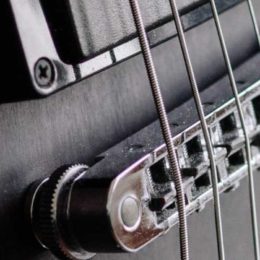Learning the Notes on the Fingerboard
The two E strings are the same. The open strings and the 12th fret are the same. That gives you two points of reference vertically and horizontally.
Octaves from the E and A strings are two strings over and two frets up. Octaves from the D and G strings are two strings over and three frets…

